Bee Pollen
Bee pollen is one of the superfoods, extremely rich in vitamins and minerals. It has been used for over two centuries, and even Hippocrates used pollen as a healing substance.
Bees collect the nectar from the flowers and, at the same time, their legs collect (or rather pick) the pollen on the stamen of flowers. The pollen from bees is not the same thing that they gathered, nor the same thing people use. Bees add enzymes and nectar and these things make the pollen we could use. Studies revealed that pollen contains proteins, carbohydrates, water, amino acids, vitamins, minerals, and oils. There are also enzymes,co-enzymes, fatty acids, and many other substances in the bee pollen.
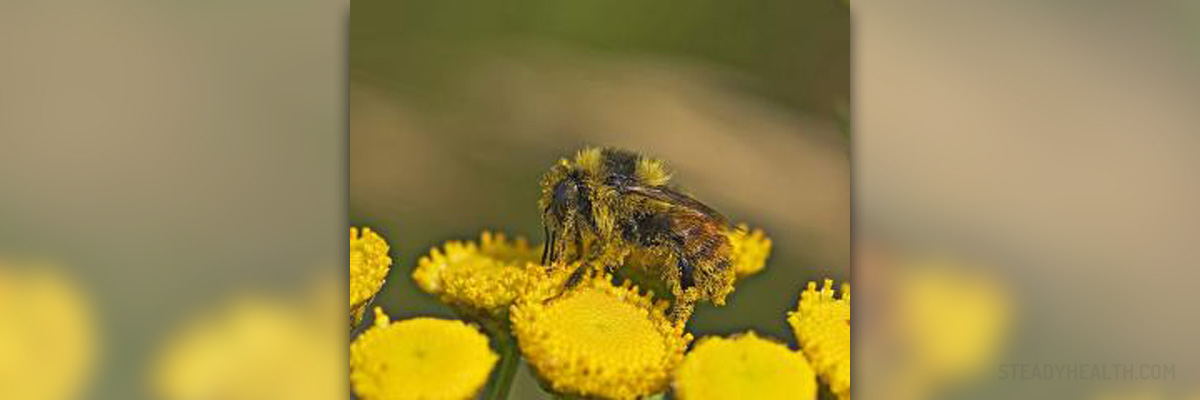
Vitamins in Bee Pollen
Bee pollen contains almost all the known vitamins. It is rich in pro-vitamin A, vitamins C, D, and E, vitamins H and K, and rutin, choline, inositol, vitamin PP and folic acid. This extraordinary food is also of vitamins B, including thiamine (B1), riboflavin (B2), niacin (B3), pantothenic acid (B5), pyridoxine (B6) and Cyanocobalamine (B12).
Minerals in Bee Pollen
Bee pollen usually contains between 1 and 7% of minerals and vitamins, and there are more than 20 minerals and 50 trace elements in it. In the pollen, there are boron, calcium, chlorine, copper, magnesium, manganese, molybdenum, iodine, iron, potassium, selenium, silica, sodium, sulfur, titanium, zinc, and many other elements.
How to Use
You may buy bee pollen as powder, granules, tablets, or capsules. It is always advisable to buy natural, unchanged products. Most doctors recommend using a tablespoon (15 to 20g) of pollen ½ an hour before the meal, once a day. For people suffering from some health conditions, the dose is usually doubled, and they should take 2 tablespoons (about 30g, maximum 35g) of pollen every day. Children should take less of this substance, and the most common dose is about 12g.
Pollen from the bees may increase your energy and physical ability and also benefit your enthusiasm. It is proven helpful in the treatments of asthma and allergies, because of the uplifting effect it has on the immune system.
Bee pollen can cure indigestion, and PMS problems and help reduce stress. Many women use pollen products to maintain youthful-looking skin. People who want to lose weight or increase their sex life should also use bee pollen. Pollen is also a preventive therapy for cancer and many other health problems.
Caution
Bee pollen may cause allergic reactions in some people. Symptoms include rash, hives, swelling of the throat, and, in some cases, even anaphylactic shock. Because of that, be very careful when using the bee pollen for the first time. People allergic to honey will be probably allergic to bee pollen as well.
- Bee pollen metabolites including; proteins, amino acids, enzymes, co-enzymes, carbohydrates, lipids, fatty acids, phenolic compounds, bio-elements, and vitamins. The mean percent of protein in pollen is 22.7%, including vital amino acids such as tryptophan, phenylalanine, methionine, leucine, lysine, threonine, histidine, isoleucine, and valine. These amino acids are not synthesized in our bodies, but they play an important role in optimal growth and health.
- Nucleic acids, particularly ribonucleic acid, are present in considerable amounts. As a source of energy, carbohydrates exist in bee pollen at 30.8%, containing reducing sugars like glucose and fructose. About 5.1% of lipids are found in bee pollen as essential fatty acids like archaic, linoleic, and ?-linoleic acids, phospholipids, and phytosterols (in particular ?-sitosterol).
- Phenolic compounds represent an average of 1.6% of pollen content, including leukotrienes, catechins, phenolic acids (e.g., chlorogenic acid), and flavonoids (e.g., kaempferol, isorhamnetin, and quercetin).
- The essential substances, including vitamins and bio-elements, are present in 0.7% of the whole material. Bee pollen is a potential source of fat-soluble vitamins like vitamin E, pro-vitamin A, vitamin D, and water-soluble vitamins such as vitamins B1, B2, B6, and C, also a source of acids like biotin, rutin, pantothenic, nicotinic, inositol, and folic. Bio-elements include macro-elements like sodium, magnesium, calcium, phosphorus, and potassium, as well as micro-elements as zinc, copper, manganese, iron, and selenium. These metabolites contribute to the therapeutic potentials of bee pollen.
- Bee pollen is taken orally and is suitable for both children and adults. One dose is noted to be 3–5 teaspoons for adults and 1–2 teaspoons for children, as a teaspoon is 7.5 g of pollen. Using small doses of bee pollen with other medications is advised in chronic ailments.


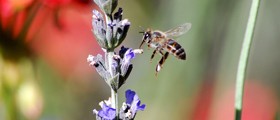

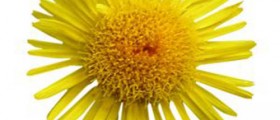
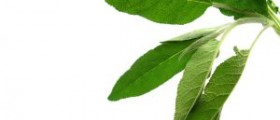
_f_280x120.jpg)
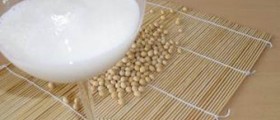
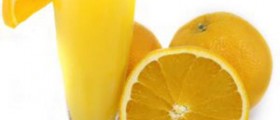
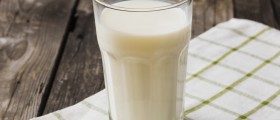
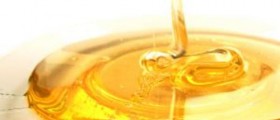
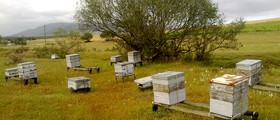
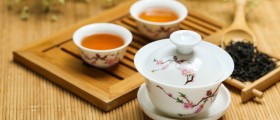

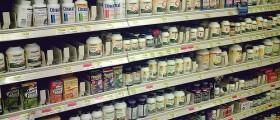

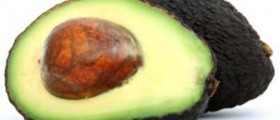
Your thoughts on this
Loading...